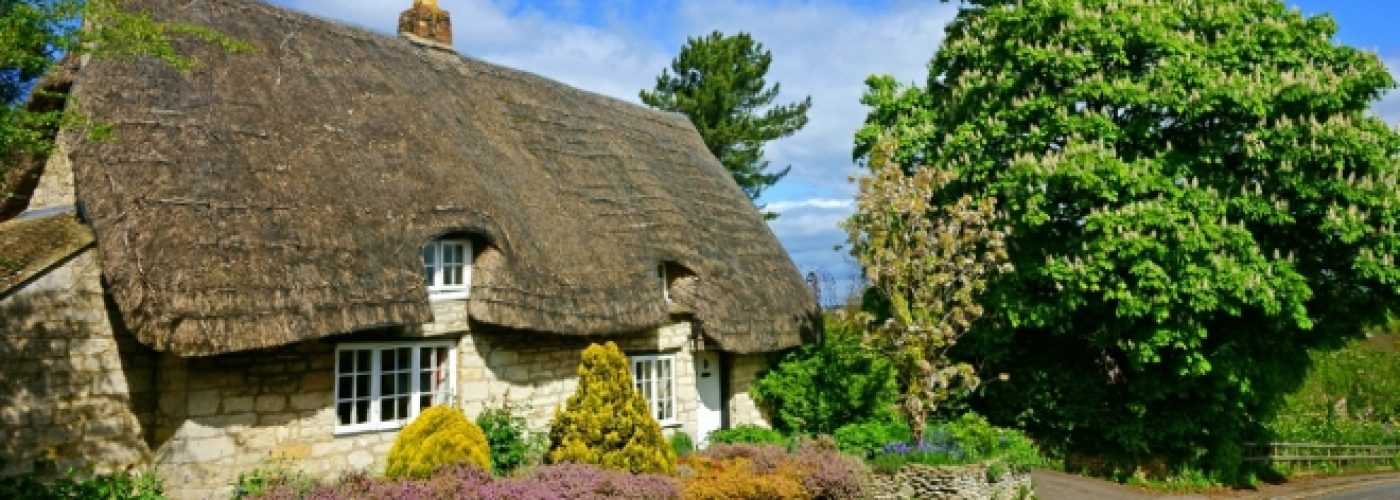‘Chocolate box’ cottages cost up to 3 times the national average

Lords of the manor rarely live in their ancestral homes these days, vicars have largely been dispossessed of their vicarages and ‘serfs’ no longer call cottages home, but the feudal property pecking order is alive and well according to analysis of sale prices from Jackson-Stops & Staff.
According to the estate agent, which has 44 offices across the UK, the average price of a manor house is £2,102,344 – 11 times higher than the national average. This is nearly double the average sale price of the next most expensive quintessentially English home, the farmhouse, with an average sale price of £1,089,857. The least expensive of these quintessentially English homes is the cottage.
However, on a square footage basis cottages, with their typically cosy rooms, rustic beams and quaint features, do not offer the best value for money. The stereotypically roomier barn conversion and old rectory come in at around £288 per square foot and £234 per square foot on average respectively. Cottages are more expensive on this basis, at £320 per square foot.
Farmhouses come somewhere in the middle of the feudal pecking order and are the next most expensive home after the archetypal manor house. While manor houses are on average over £1 million more expensive than a farmhouse, manor houses offer better value for money on a price per square foot basis (£343 per square foot) due to their sweeping, spacious rooms.
For buyers looking for bang for their buck when it comes to space, manor houses look like an attractive option, particularly as the average price per square foot (£343) is just £23 more than a chocolate box cottage (£320)!
Barn conversions are a significant £378,066 less expensive than old rectories – that’s more than the average sale price of a typical UK property. However, on a price per square footage basis old rectories offer better value. Barn conversions with their generally large open-plan entertaining spaces fit in well with modern lifestyles and dinner party culture – which is reflected in the square footage premium they attract.
Nick Leeming, Jackson-Stops & Staff chairman, commented:
“Our research shows that the feudal hierarchy is still alive and well when it comes to the quintessentially English homes that are most popular with buyers through our branches. The manor house, still the apex of the village, is the most expensive type of home, some 11 times more expensive than the UK average property price and more than a £1 million more expensive than the next typical English property type. Manor houses still carry a certain status, with their gracious architecture, long carriage drives and secluded gardens. For large families in a position to invest in a piece of history, manor houses actually offer better value for the space they provide than the less expensive farmhouse – so rather than being the exclusive domain of eccentric Miss Havershams, manor houses can be a savvy step up the property ladder for those who can afford the investment.
“The typical chocolate box cottage is the least expensive in our survey, however they do not offer the best value in terms of size. Of course, size isn’t everything, and our research indicates their enduring popularity, quintessentially English features and iconic status in British culture attracts a price premium. Despite having a tendency toward low ceilings, and smaller, compact rooms, these properties ooze traditional charm and are often breathtakingly beautiful. They certainly aren’t lived in by toiling serfs today; instead their small pretty gardens and compact dimensions mean they can make a manageable property for downsizers and retirees.”





